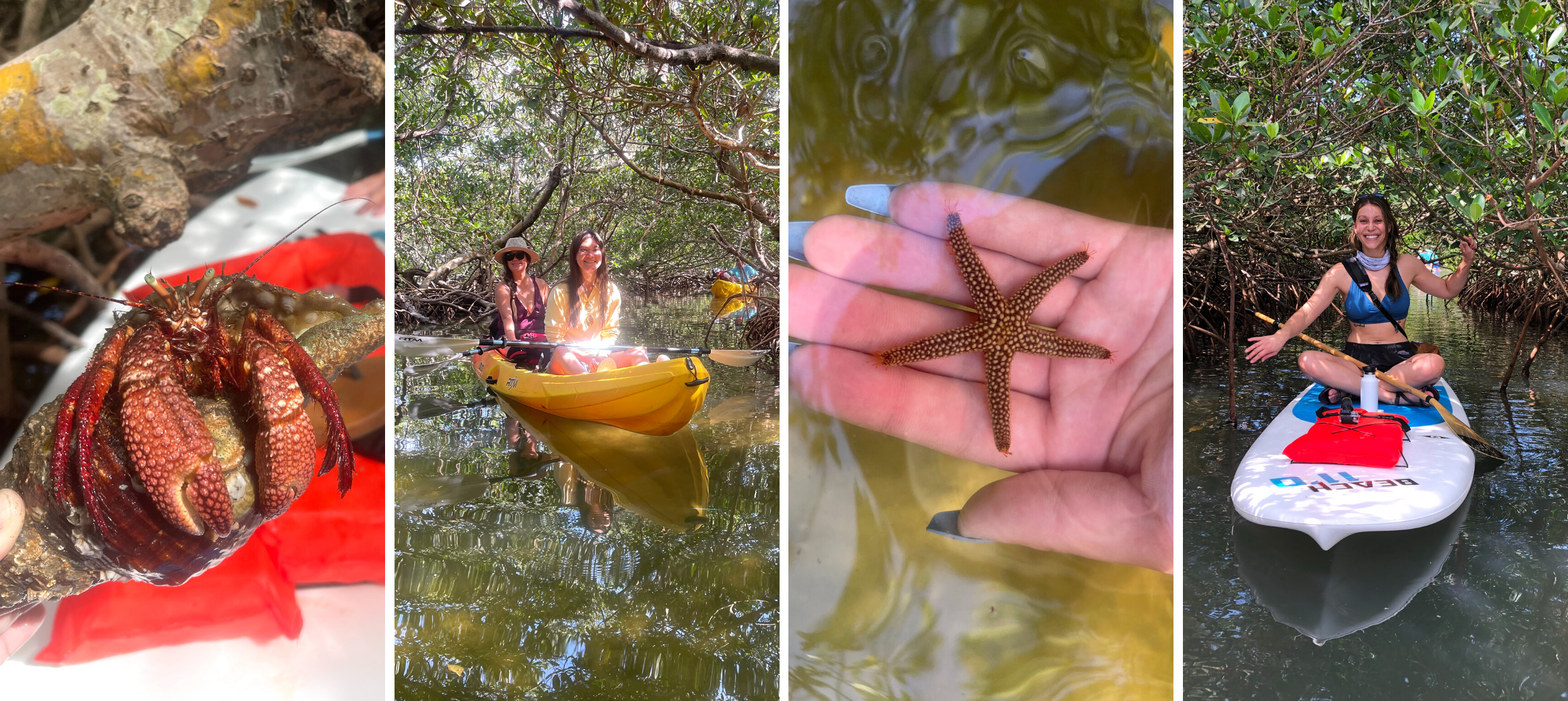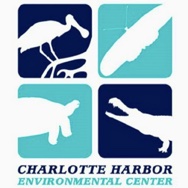Special Edition: Coffee & Conservation – Vertical Oyster Gardening Workshop
Tuesday December 9 | 10:00 AM – 12:00 PMDon Pedro Island State Park, 8450 Placida Rd, Placida, FLAdmission: $3 per vehicle (payable at park entrance via QR code) A Hands-On Outdoor Experience This month’s Coffee & Conservation is a little different. Instead of gathering indoors, we’re taking conservation back to where it



